Neurovisual therapy is an advanced neurocognitive treatment that has been used for decades to treat symptoms stemming from traumatic brain injuries, learning disabilities, developmental delays, and other cognitive issues. This form of therapy involves the use of specialized tools and exercises that assess sensory health and strengthen neurocognitive skills such as improving focus on important details, blocking out distractions, increasing memory recall, and gaining better control over reaction times.

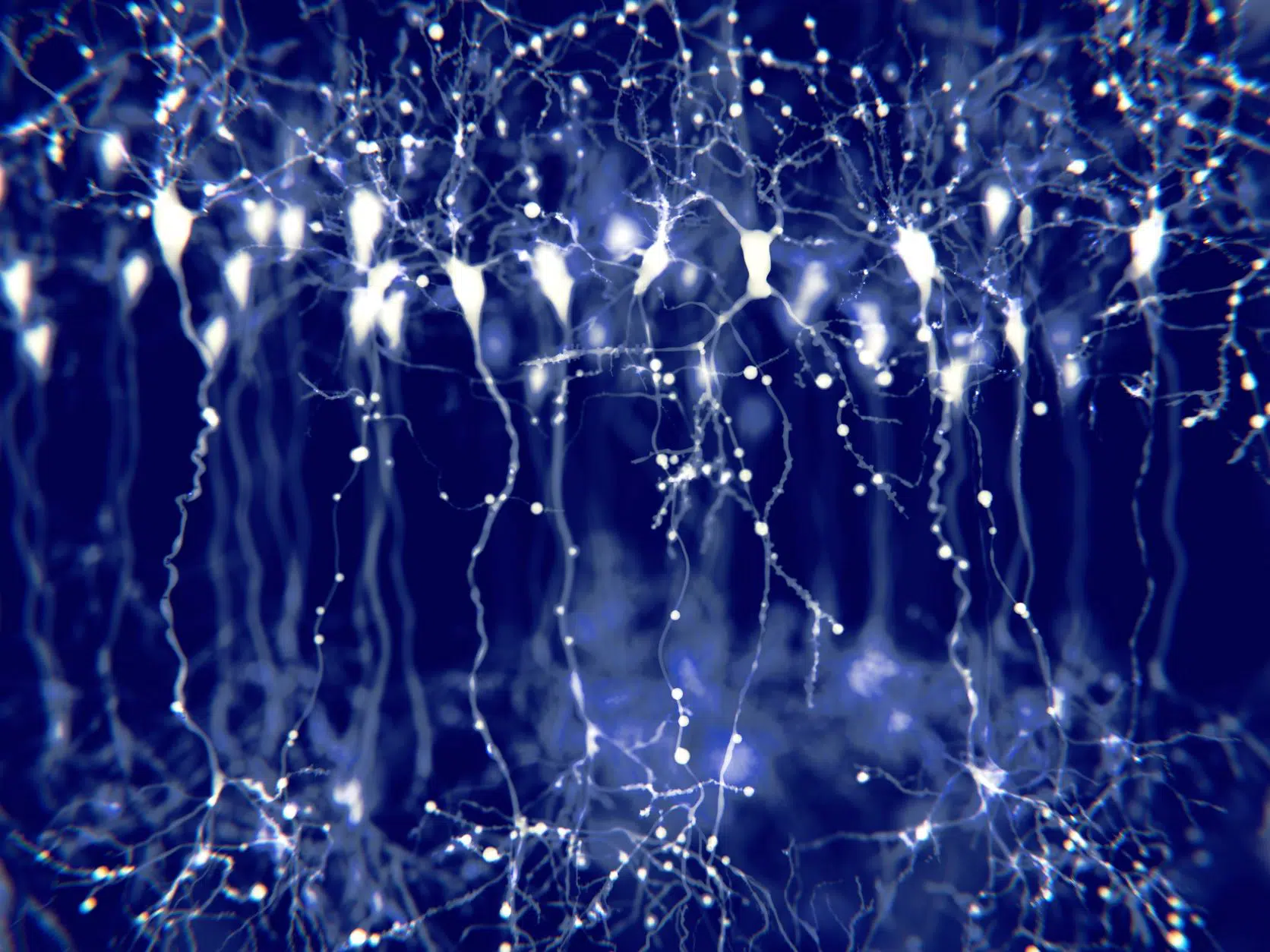

What Is Neurovisual Therapy?
Neurovisual therapy is a type of neuro-rehabilitation that helps to rewire the neural pathways in the brain. This process involves stimulating neuroplasticity, which refers to the brain’s natural ability to create new connections and reorganize existing ones. By promoting neuroplasticity, neurovisual therapy can help individuals with different types of vision problems and improve their visual performance as well as enhance comfort levels and overall quality of life.
A neurovisual therapy program consists of a series of brain-based exercises that target particular areas in the brain responsible for visual functioning. These exercises may involve focusing on objects at varying distances, tracking moving objects, executing hand signals and even speaking something based on the stimulation provided. Through these exercises, neuroplasticity is stimulated, and the brain creates new pathways which are more efficient at carrying out visual tasks.
How can Neurovisual therapy help to improve brain function?
Neurovisual therapy helps improve brain function by using exercises to strengthen pathways in the brain. These pathways help the brain better process visual information, like seeing things clearly and at different distances. Neurovisual therapy can also help with attention, reading, learning, sports performance and emotional regulation so you can do everyday tasks more easily.

Changing Your View of the World
Neurovisual therapy is an advanced form of brain-based training that is designed to identify and correct any underlying visual processing disorders or difficulties. It has been used to treat symptoms stemming from traumatic brain injuries, learning disabilities, developmental delays, and other cognitive issues for over two decades. It involves the use of specialized tools and exercises to assess your sensory health and strengthen your neurocognitive skills. Neurovisual therapy can help you sharpen your ability to focus on important details, block out distractions, remember key information more easily, and gain better control over your reaction times.
- Attention
- Auditory processing speed
- Visual processing speed
- Executive function
- Concentration
- Coordination
- Reaction times
The neurovisual therapy process begins with a personalized evaluation that includes both clinical and standard visual assessments, such as depth perception testing, binocular vision testing, color vision testing, eye tracking tests, and motion sensitivity testing. These tests allow our trained professionals to assess your neurovisual capabilities to create an individualized treatment plan tailored specifically for you. This plan could include activities like balance board work which helps build coordination between your eyes and limbs; computer-based neurovisual therapies which involve exercises that target specific areas of neurocognitive development; or posture exercises that will improve focus while reducing stress levels caused by poor posture.

Harmony Chiropractic specializes in assisting individuals who have suffered from a traumatic brain injury (TBI). Our team of highly qualified specialists is here to provide comprehensive care so you can maximize your cognitive potential during this difficult time to achieve long-term results. TBIs can cause severe physical, mental and emotional distress if left untreated; however, neurovisual therapy can give you an effective solution that improves concentration abilities while simultaneously stimulating your learning capabilities and improving coordination skills.
At Harmony Chiropractic, we believe it is essential for individuals to be aware of the connection between TBIs and vision problems. Visual processing issues are often present in individuals with a TBI due to their inability to accurately interpret sensory input – something neurovisual therapy works hard at correcting through its comprehensive program of strengthening visual motor skills. Don’t hesitate any longer if you think you may suffer from a TBI – let our team develop an individualized treatment plan that will help get you back on track toward optimal cognitive health!
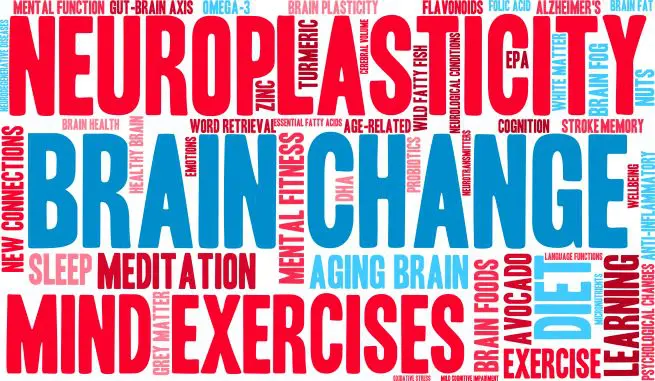
NeuroVisual Therapy Alter Brain Function through Neuroplasticity
Neurons are specialized cells that send and receive electrical signals throughout the body. They can transmit signals to muscle neurons, receive input from sensory neurons, and communicate with other neurons. The brain is capable of reorganizing and reinforcing itself in response to different experiences, allowing for the growth of new neural pathways when the brain is exercised. While neurogenesis (the creation of new neurons) does not occur in adulthood, neuroplasticity enables existing neurons to form new connections throughout life. This phenomenon has been studied extensively in neurovisual therapy, a specialized form of occupational therapy that focuses on visual stimulation and neuro-motor integration.
Through neurovisual therapy, individuals can learn how to use their cognitive processes more efficiently to alleviate discomfort related to vision while simultaneously integrating visual skills with other senses more effectively.
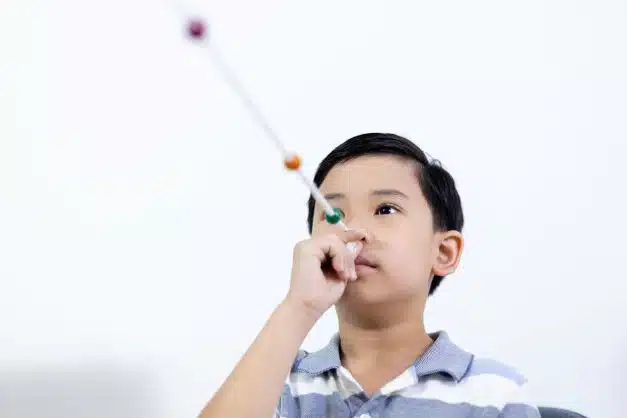
The goal of neurovisual therapy is to improve the patient’s ability to interpret visual information by stimulating their vision system through a series of activities that incorporate movement, light exposure, and perceptual organization tasks. These activities can be done both at home or in a clinical setting with the help of a neurovisual specialist. Home-based activities typically involve changing the environment; for instance, adjusting lighting levels or using different objects/toys that help improve eye-hand coordination or fine motor skills. Clinical activities may include specific exercises such as tracking a line or object with eyes only; utilizing prism lenses for depth perception; tracing contours or patterns on paper; wearing tinted lenses during computer tasks; Brock String exercises, reading words presented in different sizes and orientations; practicing hand-eye coordination while playing games such as catch or shooting hoops; etc.
How Neurovisual Therapy Works
Visual processing is the process of taking in visual information from the environment and transforming it into meaningful signals by the brain. Neurovisual therapy is designed to help individuals suffering from visual impairments, such as amblyopia, strabismus, convergence insufficiency, and ocular motor dysfunctions. It seeks to strengthen pathways between the eye and brain while also stimulating neural connections that may have been underutilized or underdeveloped. This therapy combines techniques from occupational therapy and vision therapy to improve hand-eye coordination, depth perception, and visual acuity.
At its core, neurovisual therapy works by sending electrical signals from sensory neurons to nerve cells. The goal is to reinforce these pathways so that they become faster over time. To do this, neurovisual therapists use lenses, prisms, filters, visual drills and other tools to create activities that target specific areas of concern for their patients. During neurovisual therapy sessions, patients are asked to complete tasks or activities with different levels of difficulty which require them to use their vision to complete the activity successfully. In addition to using these tools during neurovisual therapy sessions, a neurovisual therapist may also provide exercises that can be done at home to help strengthen neural pathways as well as improve hand-eye coordination.
One must have extensive knowledge in the field of ocular motor functioning as well as an understanding of how body-mind interaction affects learning processes throughout a person’s life. As we age our quantity of neurons does not increase but the strength and speed of existing neural pathways can be improved through repetition and stimulation. By reinforcing existing neural networks neurovisual therapy has been proven effective at improving vision in both children and adults who suffer from various visual impairments.
In addition to these physical exercises designed specifically for neurovisual training, mental stimulation is also essential for successful progress toward improved visual functioning. Neurocognitive exercises such as word recall games and simple math problems also aid in strengthening neural pathways associated with visuospatial processing. With enough practice over time, these activities strengthen connections between vision centers within the brain leading to greater accuracy when interpreting information received through our eyes.
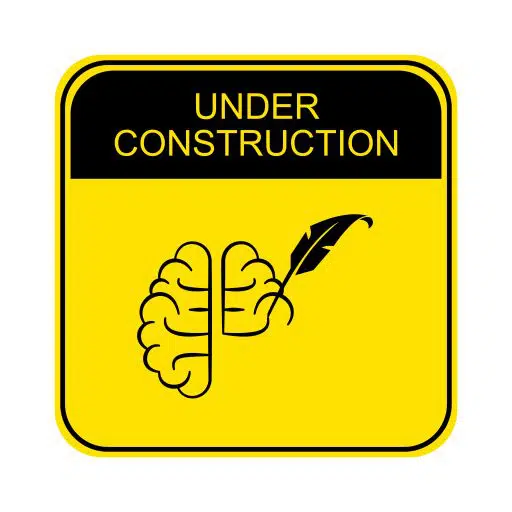
Foundations of Neurovisual Therapy
Neurovisual Therapy is a specialized form of treatment that utilizes brain and eye exercises to improve everyday function as well as enhance sports performance. At Harmony Chiropractic Center, neurovisual therapy (NVT) involves three main components designed to help individuals who may be suffering from visual impairments, neurodevelopmental disorders, or computer-related discomfort. In addition, NVT can also be used to enhance sports performance in athletes and improve their overall vision.
NVT is based on three main foundations: eye discipline, ocular motor strength, and brain processing. These skills are key for any sportsperson, as they can help in tracking opponents as well as predicting their movements.
Eye Discipline consists of numerous drills and activities which focus on improving the ability to focus on what matters for longer periods without losing attention due to distractions or fatigue. You should be able to keep your eyes where you want them and when they want them, despite distractions that may arise.
Ocular Motor Strength refers to the exercising of muscles around the eyes to make them stronger and more resistant to stress, particularly when it comes to quickly locating objects or people on a field. This ability is critical when playing a sport such as football, ice hockey or lacrosse where scanning the field is essential for success.
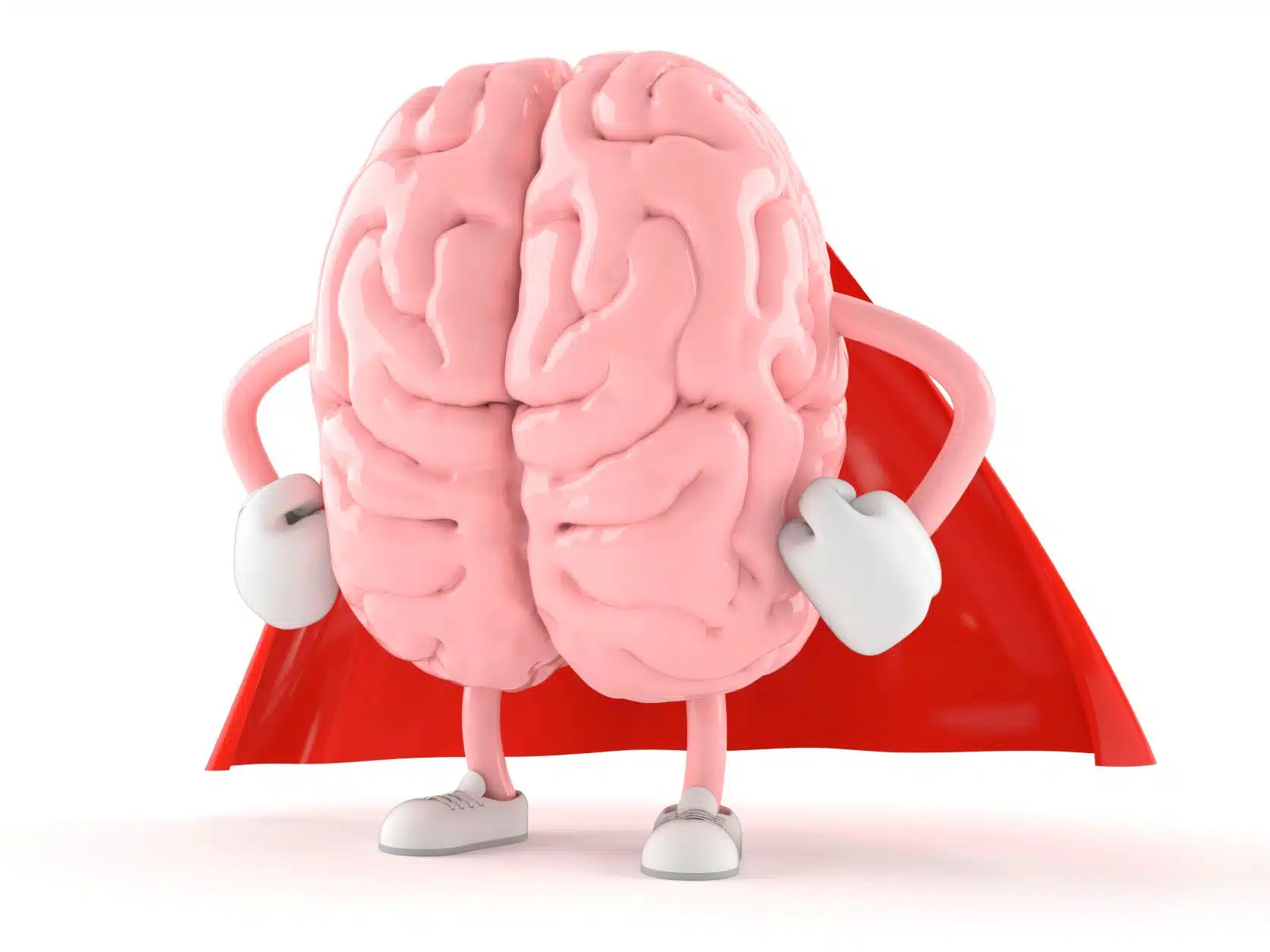
Finally, brain processing exercises are tailored to help the brain process incoming information faster and without losing track of primary tasks. Exercises are tailored towards improving how quickly information is taken in and acted upon – even while multitasking or being distracted. These protocols have been backed by years of neuroscience research and are proven to improve decision-making abilities, reaction time and response accuracy when faced with an unfamiliar situation or challenge.
Overall, neurovisual therapy can be beneficial for a wide range of individuals looking to improve their vision and overall performance. By exercising the muscles around their eyes and improving the speed at which their brain processes information, people may experience a drastic improvement in their quality of life.
This is especially important for athletes who need to constantly scan the field and react quickly. For example, having strong ocular muscles is key for tracking a fly ball in baseball or scanning the field in football, ice hockey, lacrosse, etc.
Neurovisual Therapy helps build up these muscle groups so you can have improved “field awareness”. With neurovisual training, you have control over your focus and attention, and this can translate into improved performance in sports as well as in everyday life.
SEE. REACT. DECIDE. PERFORM. ACHIEVE
If you are looking to improve your vision, neurovisual therapy can help you unlock the potential within you (or someone you love) and excel in all of your favorite activities. Take control of your sight today so that tomorrow, your vision will be limitless. At Harmony Chiropractic Center, we utilize neurovisual therapy and would love to work with you on achieving optimal performance through improved vision. Contact us today for more information!
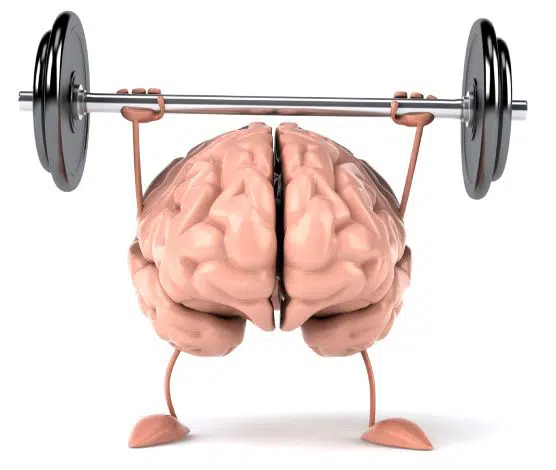
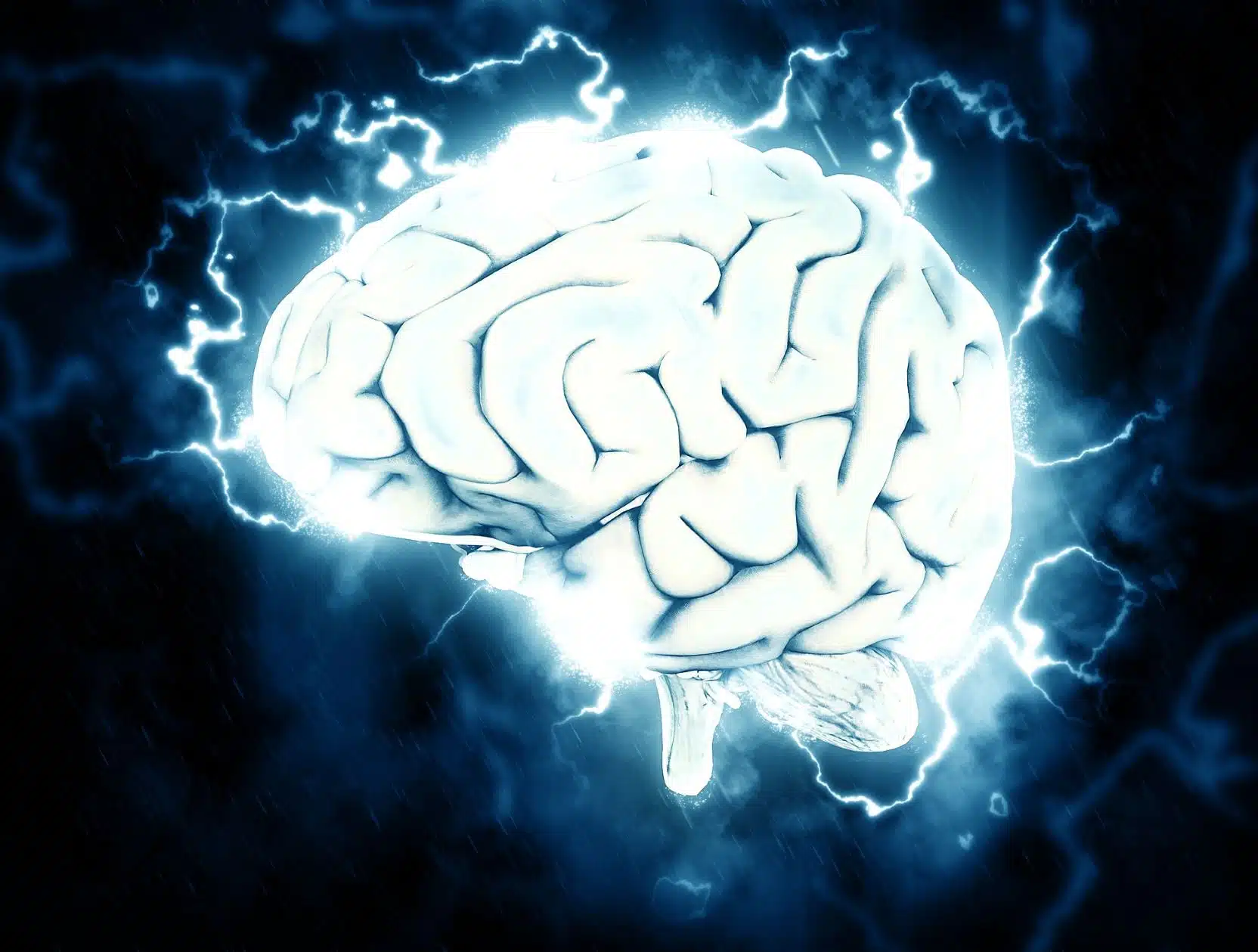
Who Benefits from Neurovisual Therapy?
Neurovisual Therapy can be beneficial for people of all ages suffering from a variety of vision-related issues. Neurovisual therapy is highly personalized and tailored to the individual’s needs. Athletes trying to improve their performance in sports can benefit from focusing on speeding up reaction times and improving hand-eye coordination. It also helps enhance visual processing speeds and accuracy while boosting visual endurance so athletes can perform better at their chosen sport. Similarly, neurovisual therapy can be beneficial for computer users who experience eye strain or discomfort after long hours in front of their screens. The following can benefit from neurovisual therapy.
-
- Learning Disabilities
- Developmentally Delayed
- ADHD
- Autism Spectrum Disorder
- Athletes
- Concussion / mTBI
When it comes to learning disabilities or developmental delays such as ADHD or autism spectrum disorder (ASD), neurovisual therapy has been shown to help improve visual input skills and visual processing skills required for efficient reading comprehension, writing ability, spelling accuracy and mathematics fluency.
Vision therapy is not only limited to children; adults of all ages who have suffered from strokes or head trauma can benefit from neurovisual intervention too. Furthermore, adults who want to pursue career changes or further their education often take advantage of neurovisual treatment to boost their performance levels. Professional athletes also use neurovisual programs regularly to sharpen their reflexes and stay sharp during competition
Benefits of neurovisual therapy
Neurovisual therapy is a type of neuro-based therapy that uses visual exercises to help the brain create new pathways. This can help improve vision problems such as blurred vision, double vision, headaches, dizziness and light sensitivity. It can also help with attention problems, reading difficulties and learning disabilities related to poor visual processing skills. Neurovisual therapy can make it easier for people to do everyday tasks more comfortably and confidently, leading them toward better overall health outcomes.
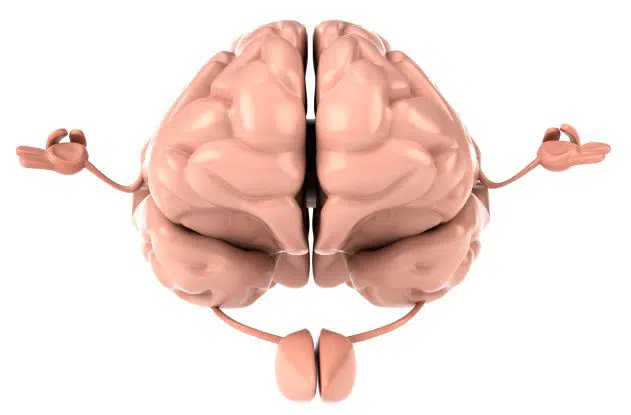
Examples of exercises used in neurovisual therapy
- Tracking objects as they move from one side to the other
- Convergence exercises, which involve following a moving object with both eyes while focusing on it
- Divergence exercises, which involve looking at two separate points of focus and then switching between them rapidly
- Fixation exercises, which require staring at an unmoving object for extended periods
- Visual perception activities such as puzzles or completing mazes
- Saccade training, where patients must quickly switch attention between two different target locations multiple times in a row
- Accommodation control activities that use lenses to change how light is refracted and focused into the eye
Optimizing Vision and Brain Function with Neurovisual Therapy

As neurovisual training is suitable for beginners through to Olympic-level athletes, it can be scaled up or down in intensity depending on individual needs. In doing so, one can stimulate their central nervous system more than usual by forming new connections between their eyes and brain that process information faster and more efficiently – thus resulting in improved cognitive performance overall.
Through neurovisual therapy, individuals can address visual issues and enhance performance, leading to greater quality of life for those suffering from conditions ranging from eye impairments to neurodevelopmental disorders, whilst also providing sports enhancement through improved vision or alleviating discomfort caused by extended use at a computer screen.
By taking control over their sight with neurovisual training, anyone has the potential to reach their maximum potential – allowing them to see better and react faster no matter what level they may currently be at. Whether your goals are related to competitive sports or simply weekend recreational activities, neurovisual training offers an edge that could potentially lead you closer to achieving them!
